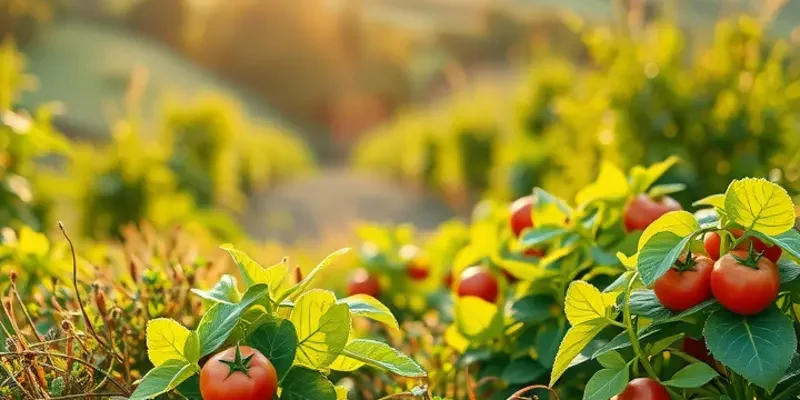Mexican street food is a tantalizing reflection of the country’s rich cultural heritage and diverse culinary traditions. Each bite tells a story, showcasing local ingredients and age-old recipes passed down through generations. From warm, comforting tamales to zesty elotes, the vibrant flavors and aromas wafting from street carts invite food enthusiasts and cultural explorers alike to indulge in the communal experience of eating on the go. Join us as we uncover the heart of Mexico’s street food scene and the passion that propels this beloved culinary landscape.
The Art of Tacos: Mexico’s Beloved Handheld Delicacy

In the lively tapestry of Mexican street cuisine, the taco stands as a culinary icon. Its origins deeply rooted in the regions across Mexico, the taco showcases an endless array of flavors, aromas, and textures. Far from just a casual meal, it represents the essence of Mexican street food culture—simple yet complex, humble yet profound.
Begin with the taco al pastor, a beloved staple found on the streets of Mexico City. This variant draws inspiration from Lebanese shawarma, merging marinated pork cooked on a vertical spit with the vibrant flavors of Mexican spices. Topped with a slice of pineapple, cilantro, and onions, this taco is a testament to the cultural exchanges that have enriched Mexican cuisine. Meanwhile, in Baja, fish tacos tantalize with their fresh ingredients. Crispy fried fish, often complemented by crunchy cabbage, a drizzle of lime, and creamy sauce, encapsulate the coastal flavor profile distinct to this region.
Corn tortillas are the heart of any genuine taco. Made from nixtamalized corn—a process dating back to ancient civilizations—these tortillas are not just a vessel for the filling but a central component. Their earthy flavor and soft texture contribute to the overall flavor profile, proving why corn remains a staple crop in Mexican culture. These tortillas embody the sustainable practices of using locally available ingredients, emphasizing the interconnectedness of food and cultural identity.
When it comes to savoring tacos, authenticity is key. There exists an unwritten code of etiquette to fully appreciate these delights. Eating with your hands enhances the sensory experience, allowing the full bouquet of flavors to be savored with each bite. Tacos are best enjoyed with a splash of freshly squeezed lime and a dab of salsa. The variety of salsas—from smoky chipotle to fiery habanero—enable endless customization, offering a heat level tailored to every palate.
Street vendors fuel their creativity through resourcefulness. Utilizing seasonal produce and locally available meats, they craft tacos that reflect the unique personality of their locale. This adaptability is vital, especially considering how traditional ingredients might be difficult to maintain in certain areas. Embracing this mindset aligns with sustainable practices, similar to those discussed in eco-smart kitchen storage strategies.
The simplicity yet versatility of tacos is an ode to the culinary ingenuity of Mexican street food vendors. Each taco tells a story—of community, of history, and of cultural pride—a story meant to be shared, savored, and celebrated.
Sizzling Snacks: From Elotes to Churros

Embarking on a stroll through Mexican streets, one’s senses are immediately enveloped by a tapestry of vibrant smells and sounds. A quintessential street snack that captures the heart of many is elotes. Imagine biting into grilled corn on the cob, its kernels slightly charred, emitting a smoky allure. This street food staple is not only about the corn; it’s an artful combination of flavors and textures. After grilling, the corn is generously slathered with a creamy mixture of mayonnaise and crema, offering a luscious contrast to the charred exterior. Finely grated cheese is liberally showered over it, and as a final touch, a sprinkle of chili powder and lime juice adds a gleeful zest. This savory delicacy is more than just food; it’s a slice of history and a reflection of local taste preferences.
While elotes capture the savory side of Mexican street food, churros satisfy the sweet tooth. These crispy, deep-fried pastries originate from Spain, yet they have taken root in Mexican culture with delightful twists. Shaped into long ridged tubes, churros are fried until golden and then liberally coated with sugar or cinnamon. The interior remains slightly soft, offering a perfect balance of textures. For those seeking indulgence, churros are often served with a rich chocolate sauce for dipping, a tradition borrowed from Spain but enthusiastically embraced and adapted by the Mexican culinary scene.
In the bustling markets and vibrant streets of Mexico, communal eating becomes a joy-filled experience, harmonizing food and social interaction. Street food acts as a cultural adhesive, bringing people together over shared flavors and stories. The act of gathering at a vendor stall, exchanging smiles and stories, is as integral to the experience as the food itself.
Street snacks like elotes and churros hold profound social significance, reflecting Mexico’s ability to weave cultural heritage into everyday life. Each region offers unique variations, adapting base recipes to local tastes and ingredients. In coastal areas, you might find elotes seasoned with seafood-inspired spices, capturing the influence of the sea. In contrast, churros in the highlands might come with fruit-infused dips, showcasing the bounty of local produce.
Why do elotes and churros remain essential? They are versatile, affordable, and deeply satisfying—catering to the diverse palates of locals and travelers alike. Their adaptability aligns with the Mexican ethos of making the most of available resources while honoring tradition.
For those passionate about strengthening their connection to global cuisine and understanding the role of trade in cultural exchange, diving into the flourishing world of Mexican street food can be illuminating. Consider exploring the culinary influences that shaped these delectable treats further in this insightful exploration of global culinary influences. Not only will it enhance your appreciation for these snacks, but it will also offer a broader context of how cuisines transform and intertwine across borders and time.
Final words
Mexican street food serves as a vibrant tapestry of flavors and cultural narratives, inviting food enthusiasts and curious travelers to participate in its rich history. Each street vendor contributes unique variations to traditional recipes, and every plate represents a fusion of heritage and contemporary culinary practices. Exploring this delightful world reveals the deep connection between community, culture, and cuisine—each bite a testament to Mexico’s gastronomic legacy. So the next time you walk down a bustling market street, take a moment to pause, savor, and appreciate the artistry of the food you enjoy.








